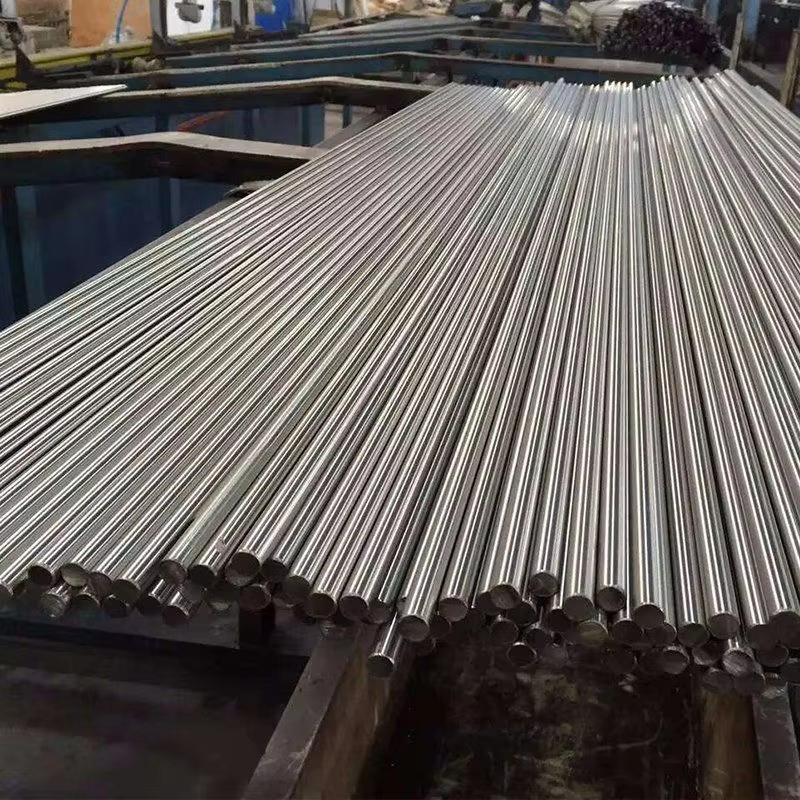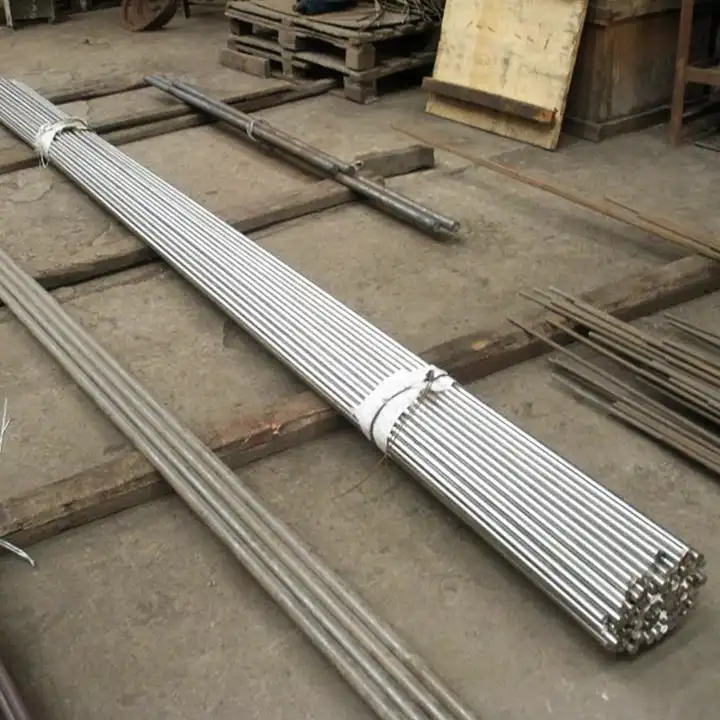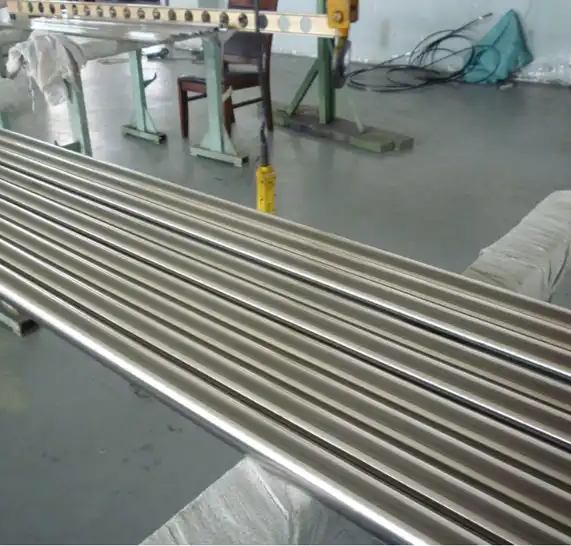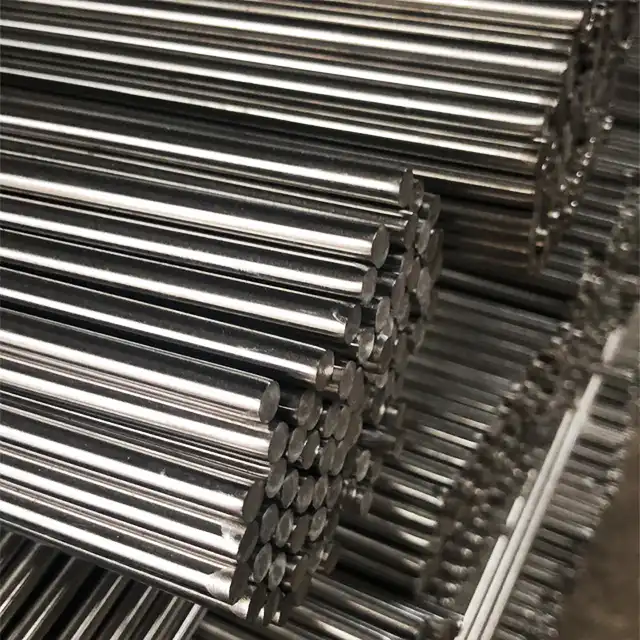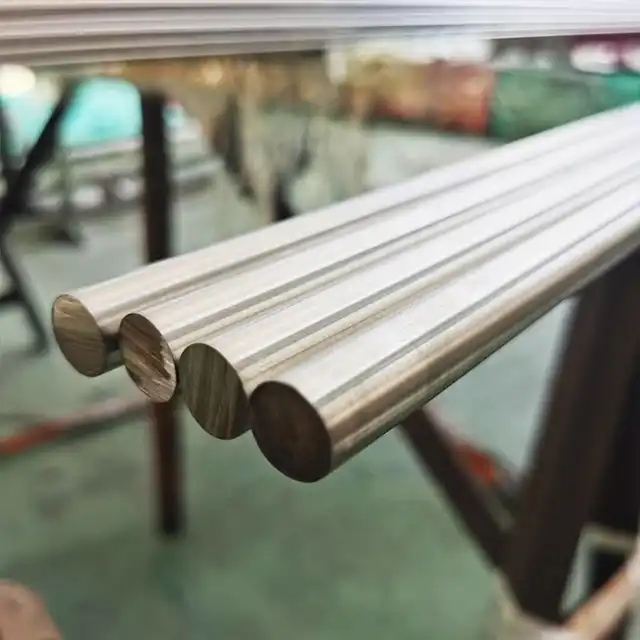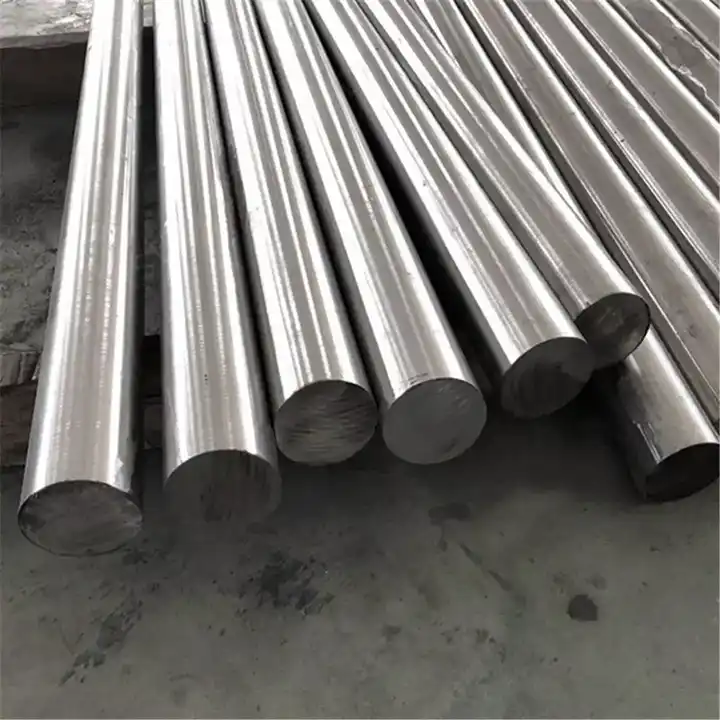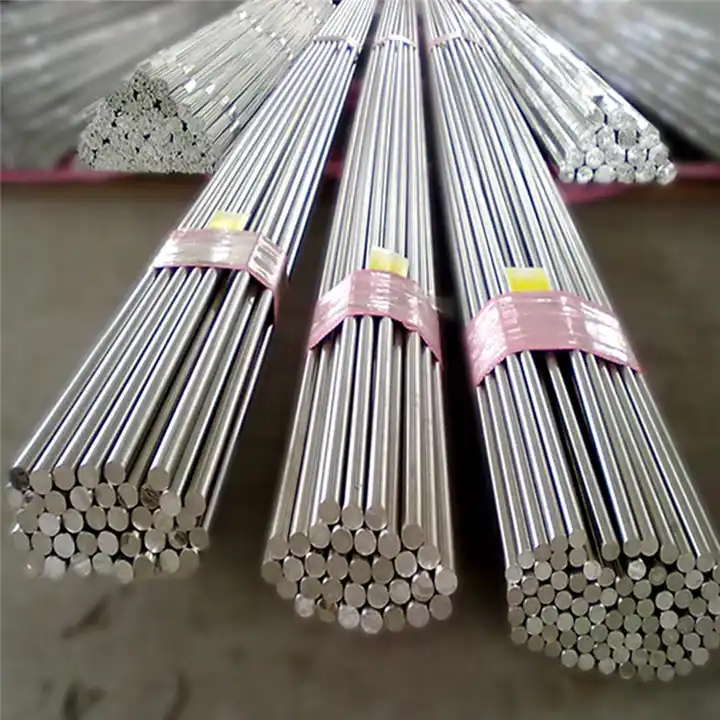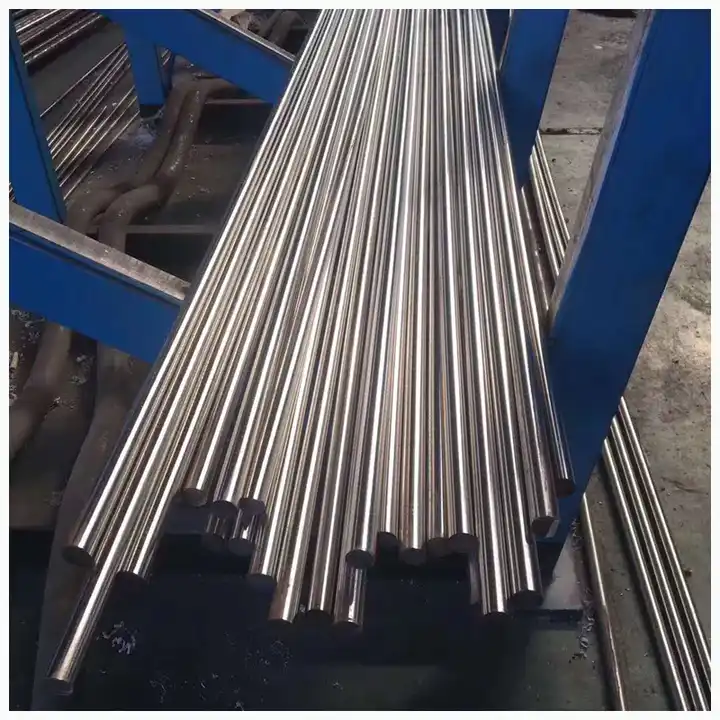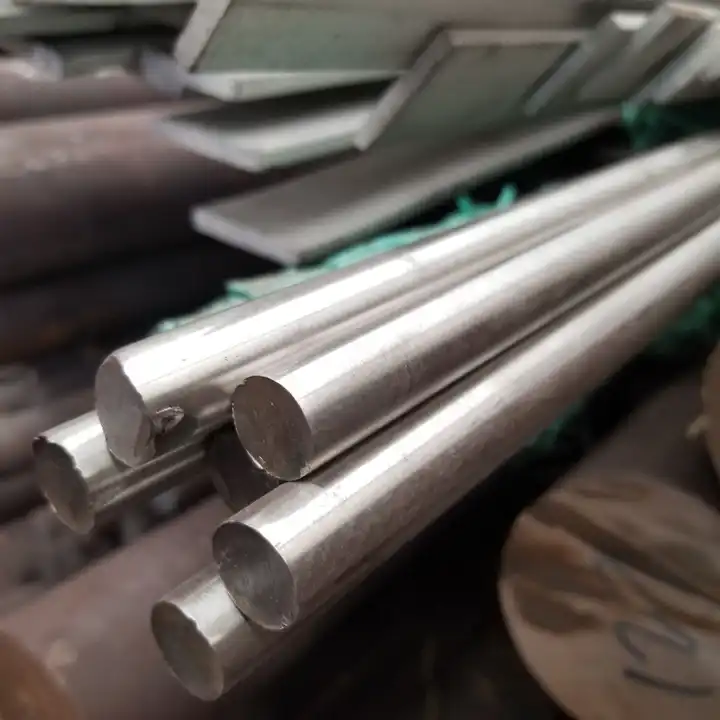PRODUCTS
CONTACT US
No matter what industry you are in, such as construction, manufacturing, energy or logistics, we can tailor professional steel solutions for you.
904L is a stainless steel alloy that displays high resistance to corrosion, particularly against acidic environments. Therefore, 904L isapproved for use in acid production and concentration, along with the transport of such substances.
With excellent weldability and formability 904L also maintain non- magnetic state in all conditions.
904L provides excellent toughness , even down to cryogenic temperatures with its austenitic structure.
Stainless Steel Duplex 2205 is the most widely used duplex (ferritic /austenitic) stainless steel grade. t finds applications due toboth excelent corrosion resistance and high strength.
Alloy 2507 (UNs S32750) is a super duplex stainless steel containing 25% chromium, 4% molybdenum and 7% nickel. The steel has excellent resistance to chloride stress corrosion cracking, high thermal conductivity and low coefficient of thermal expansion. Commonly used in chemical process, petrochemical and seawater equipment.
Alloy 410S (UNS S41008] is a low carbon, non-hardening moditication ot Alloy 410 (UNS S41000) the general purpose 12% chromium martensitic stainless steel. The low carbon and a small alloy addition minimize austenite formation at high temperatures which restricts the allovs ability to harden.
Stainless Steel 321 has similar composition to 304 Stainless Steels but with addition of Titanium. This alloy has excellent resistance to corrosion and is also ideal for high temperature environments.
Stainless Steel 317 and 317L are molybdenum-bearing austenitic stainless steels. Due to the molybdenum content of 3-4% 317 and 317L are more resistant to general corrosion and pitting/crevice corrosion than type 304. 317 and 317L are used in the Food, Pharmaceutical, Marine and Architecture industries.
Type 316L stainless steel in a molybdenum bearing austenitic. It is more resistant to general corrosion and pitting than conventional nickel chromium stainless steels such as 302-304. It has the following characteristics:Higher creep resistance,Excellent formability,Rupture and tensile strength at high temperatures,Corrosion and pitting resistance.
Type 316 stainless steel is an austenitic grade with added molybdenum. The alloy offers improved corrosion resistance when compared with Type 304, particularly in chloride environments.
310S stainless steel sheets is similar to stainless steel 310 apart from a lower content of carbon that reduces carbideprecipitation and enhances weldability. The soaring nickel and chromium contents of ss 310s plates offer similar corrosionresistance, higher resistance to oxidation and the holding of a superior portion of room temp potency than the usual austeniticsteel such as S304.


